It can feel difficult to write about photography standards, as it can feel like a rehash of commentary greater artists than me have already provided. I don’t want to waste my creative potential in either shooting or writing simply rehashing old concepts – I want to offer something new, and to educate newcomers so that their journey in film photography can be more streamlined, with a better understanding of the different processes and approaches to different techniques, as well as the results that those produce.
With that in mind I want to talk about some recent images I made on Tri-X 400, which is one of the all time iconic emulsions. Versions of this film have been used historically for some of the most important pieces of historical record, and it carries a certain weight to it, a mythos that is well respected. I think that as much as this keeps the film relevant it can also mean that some people will actively avoid it, preferring to shoot with an “underdog” film instead. This was my feeling, and I made the decision early on to try as many emulsions as possible before getting around to Tri-X; something I’ve written about in a bit more detail on the Emulsive website.
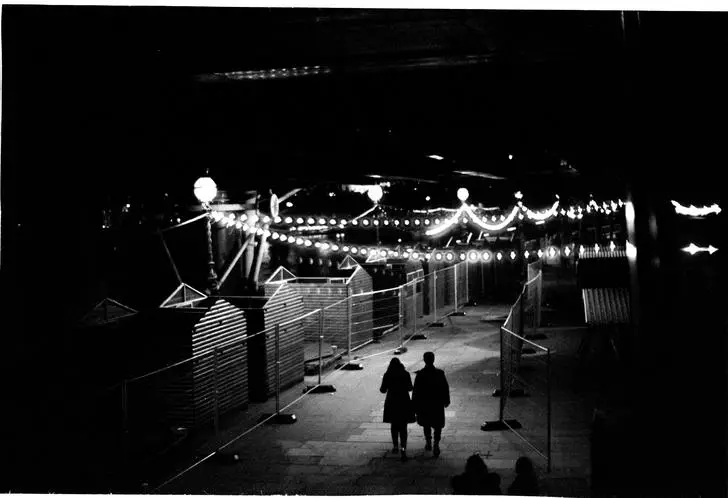
The current version of Tri-X is the result of the refinement of a formula which offers incredible latitude and absolutely timeless aesthetic. Sharpness, grain, and the overall look of images made with it are very satisfying, and this combination makes it an excellent option to use for my winter photography. During the winter pushing my black and white film makes more sense than shooting at box, opens the potential to keep going long after sunset and into the rain and cold of winter nights. I’m always looking for new films, or new ways to experience films I’m familiar with, and although I’ve shot a fair amount of Tri-X I haven’t really felt the urge to push it too often – I prefer Delta 3200, or even T-Max 3200 to get me closer to those high ISO’s.
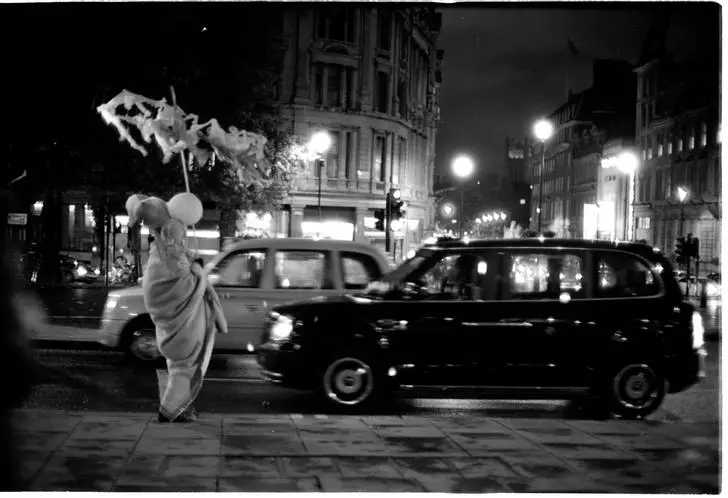
After a bit of trial and error I decided that my favourite way to push Tri-X is to set my EI at 1600 and meter for the shadows as often as possible (unless looking for a specific effect). Pushed film develops best (in my experience) when stand developed, which means a low dilution and longer times, but much cleaner results, and richer negatives. Going five to ten minutes over with a stand develop offers me a little more room to work when scanning or printing, and offers a touch more detail, which can be just as easily lost in a contrast tweak during the scan.
1600 isn’t a difficult push for Tri-X; it can easily handle up to silly speeds, like 12,800 if exposed and handled correctly. I think it’s a fairly standard winter ISO, and a great option for someone looking to use Tri-X as an all purpose film , to maintain their aesthetic through all seasons and conditions.
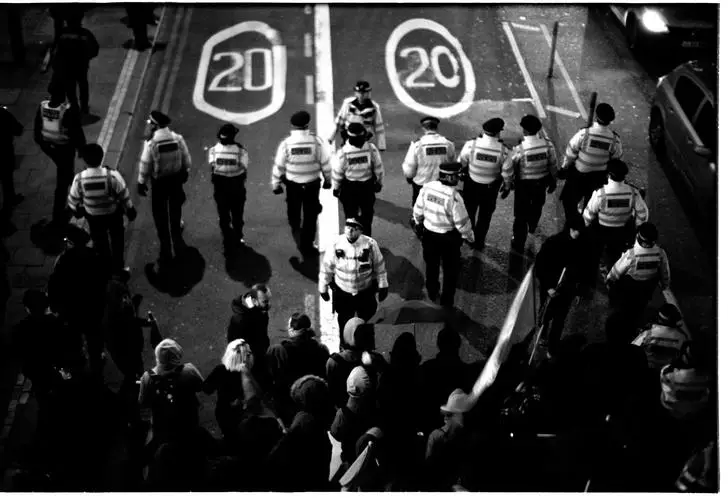
The grain characteristics of Tri-X at 1600 are wonderfully classic; not too harsh, but definitely visible. At 1600 I much prefer the contrast compared with shooting at box speed – by pushing the overall tones become more extreme, so whites render as less of the grey you get on a well exposed shot at 400.
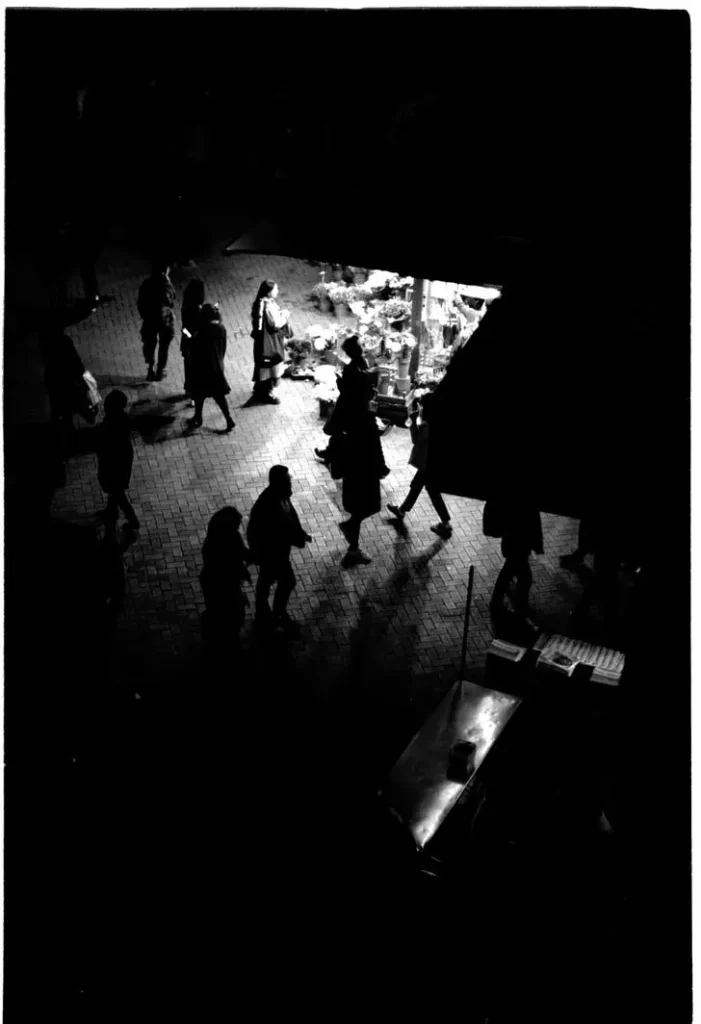
Tri-X offers fantastic shadow detail in most situations, so I’m never too worried, but when pushing you can choose to expose for the brighter areas of the frame rather than the shadows as I normally do – this offers a very high contrast feel, with little to no detail except what you have chosen to expose for.
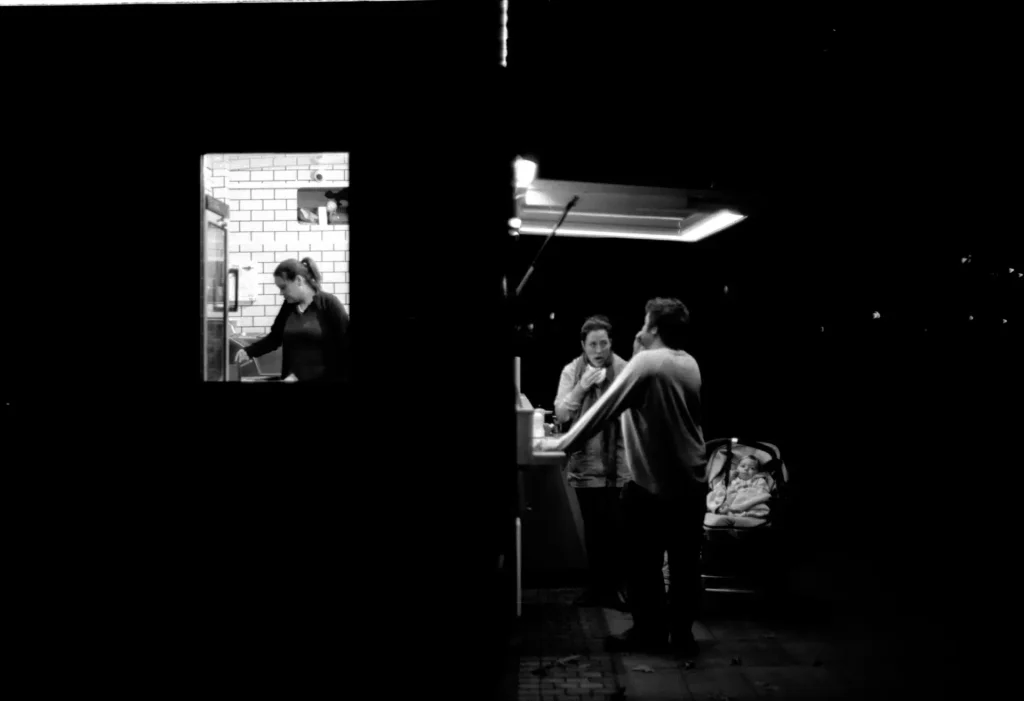
Technical points aside, there’s just something really special about shooting Tri-X at 1600. The blacks are much blockier than using something like T-Max 3200 even when pulled to 1600. The grain is less pronounced than a higher ISO film as well. Pushing holds a real value in offering something so distinct and almost refined – true of many films, but the classic Tri-X feel in these circumstances is hard to replicate!
Thanks for taking the time to read this! I’d be interested in hearing your favourite films/development methods for pushing, especially if there are any weird processes I could try over the winter! If you’ve enjoyed my images here then consider following me on Instagram! I buy all of my film from Analogue Wonderland.
Share this post:
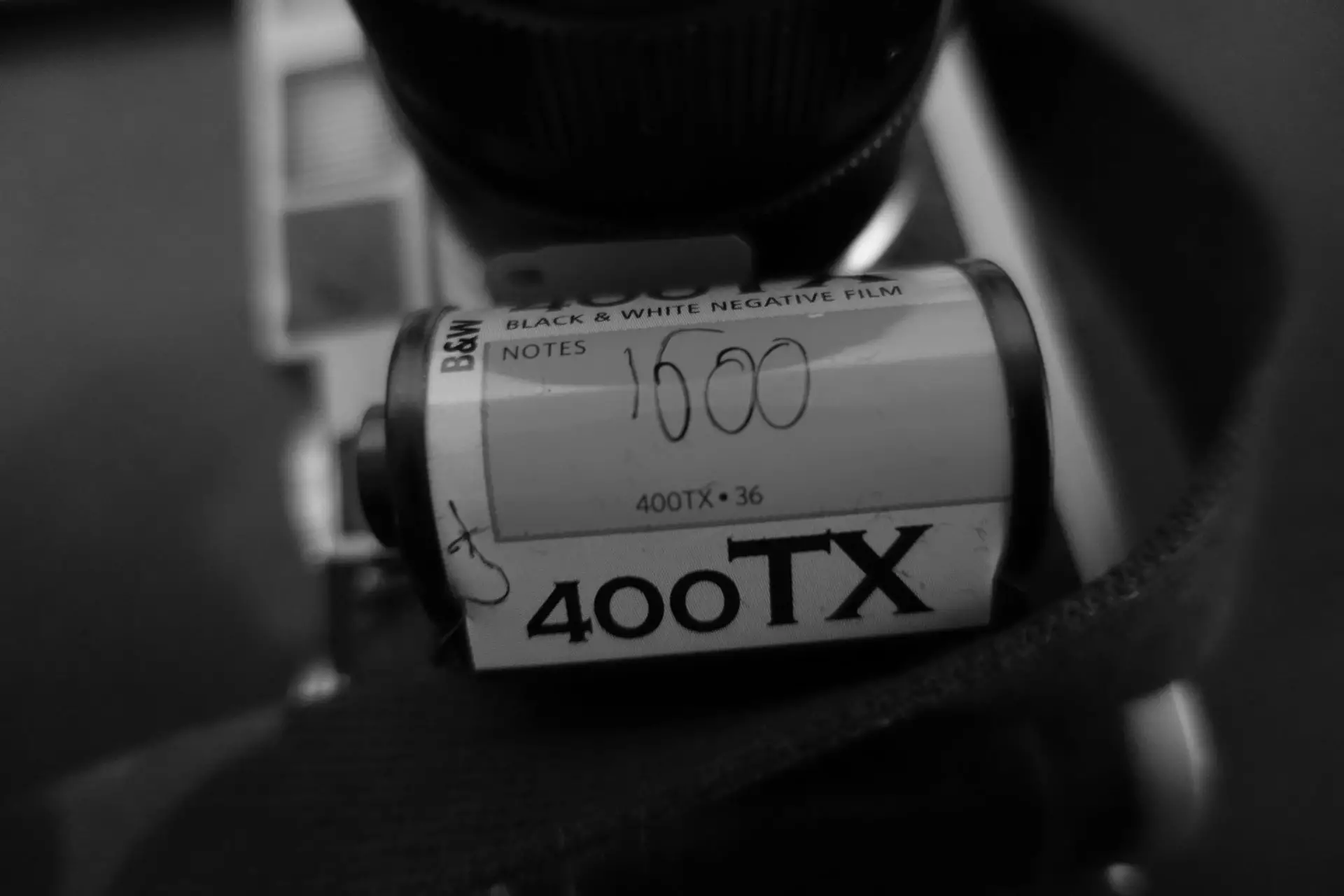
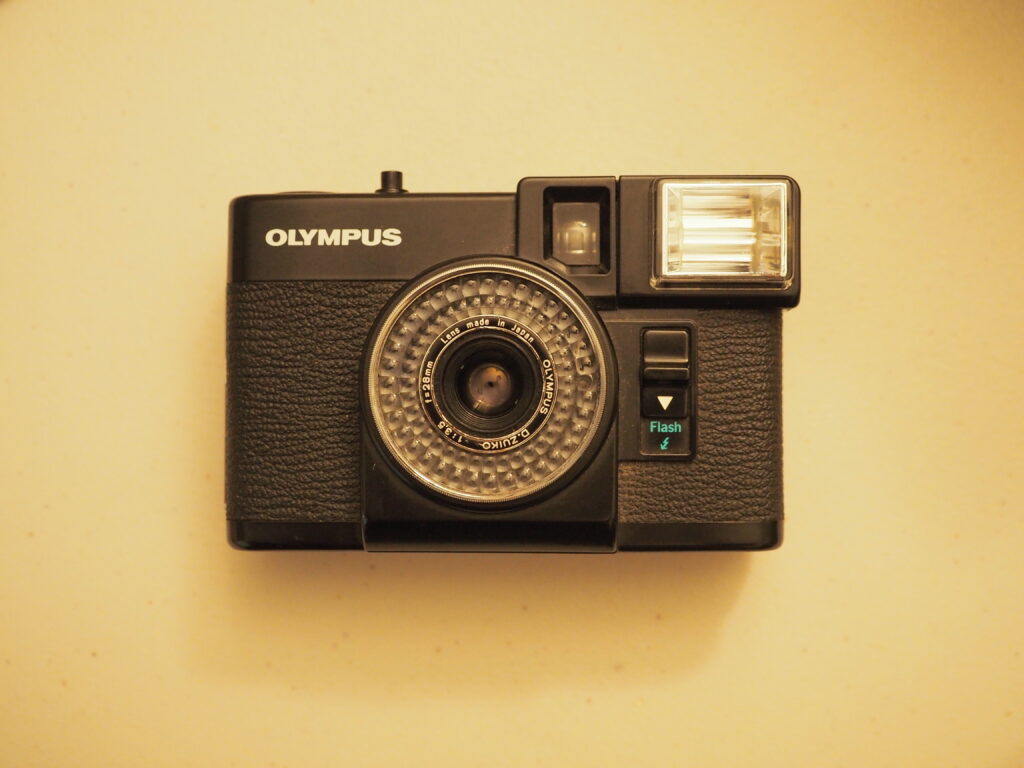

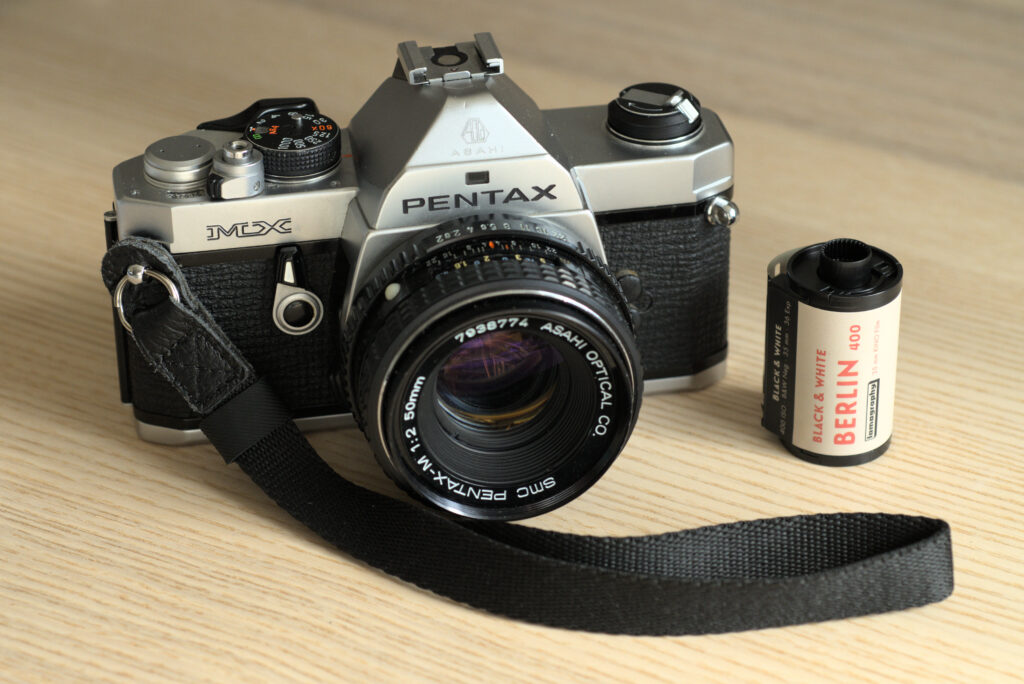
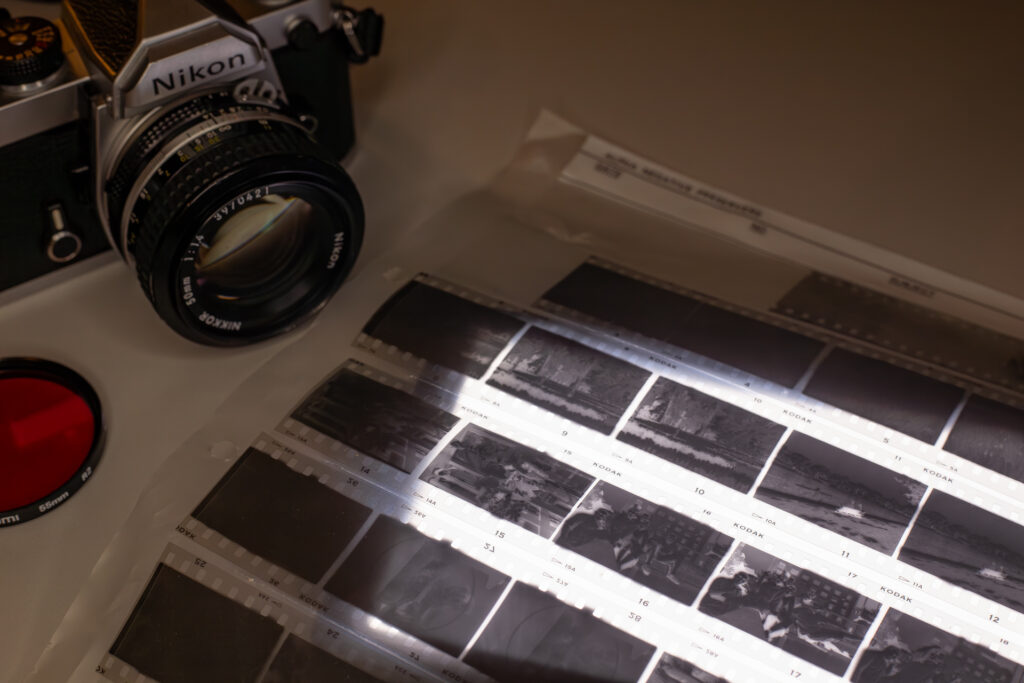




Comments
Daniel Castelli on 5 Frames With Tri-X Pushed to 1600 – by Simon King
Comment posted: 19/01/2020
My take on this old saw is: expose for the shadows you want to retain detail in, and develop for the highlights. I usually open up 1 stop to get some detail in the shadows, and extend development by about 20% (ID-11, 1:1 w/normal agitation). This is for low/light/no light shooting (EI 1600.) People working in these conditions must remember that results are more unpredictable than consistent. Results show be viewed as sometimes showing the spirit or emotion of the scene rather than a detailed-filled record. Your final photo of the people at the outdoor food vendor is a perfect example.
Ross A on 5 Frames With Tri-X Pushed to 1600 – by Simon King
Comment posted: 19/01/2020
After reading this, the technique portions are somewhat confusing and I think incorrect. I respect the fact that you have given your time to write and post this, and I don’t want to be discourteous in any way.
What struck me was this text:
“I decided that my favourite way to push Tri-X is to set my EI at 1600 and meter for the shadows as often as possible (unless looking for a specific effect).”
To say you are rating a 400 speed film at 1600, and then say you are exposing for the shadows is a non sequitur. 1600 is two stops less exposure than the rated speed. If you are exposing for the shadow areas, in other words over exposing by a stop or two, you have probably just given up that two stop push.
The film doesn’t know or care what you have set as an ISO. It only knows how much light it gets during the exposure.
In negative film terms, shadows are controlled by exposure, highlights by development.
If you were to take a cross section of a negative, the shadows are the thinnest and the highlights are the thickest. So if you do not have enough exposure in the shadows during capture, meaning that density is too thin, no amount of development is going to help you. Whereas the highlights, being the thickest part to start with, will be the areas which respond to either more or less time in developer.
That is why you must decide at the time of exposure what look you want, and specifically if you want detail in the shadows.
This is a much bigger discussion than what there is room for here, so I am intentionally being brief. I just think the results you are getting are more from extending the development time to increase the contrast, and open up those grays to more white, but I think you have effectively used a box speed.
Best,
Ross
Comment posted: 19/01/2020
Comment posted: 19/01/2020
Comment posted: 19/01/2020
Comment posted: 19/01/2020
Comment posted: 19/01/2020
Kodachromeguy on 5 Frames With Tri-X Pushed to 1600 – by Simon King
Comment posted: 19/01/2020
Comment posted: 19/01/2020
Kurt Ingham on 5 Frames With Tri-X Pushed to 1600 – by Simon King
Comment posted: 19/01/2020
James Evidon on 5 Frames With Tri-X Pushed to 1600 – by Simon King
Comment posted: 19/01/2020
Comment posted: 19/01/2020
David on 5 Frames With Tri-X Pushed to 1600 – by Simon King
Comment posted: 19/01/2020
Comment posted: 19/01/2020
Roger B. on 5 Frames With Tri-X Pushed to 1600 – by Simon King
Comment posted: 19/01/2020
David on 5 Frames With Tri-X Pushed to 1600 – by Simon King
Comment posted: 20/01/2020
Gael on 5 Frames With Tri-X Pushed to 1600 – by Simon King
Comment posted: 20/01/2020
I do love TriX push 2 or even 3, no doubt :) And not especially at night, but anytime anywhere :)
I actually wrote a quick 5 frames with... on this blog a couple of years ago to feature what I believe is an underrated camera, the Canon Av-1 :
https://www.35mmc.com/02/01/2018/5-frames-69-canon-av-1-elicar-28mm-f2-8-k-dont-think-react-gael-berthon/
and all 5 pics on it are shot withTriX pushed 2.
I just love the look of it, even so some may think blacks gets, how to say that..., "Pasted".
Love it, love it, love it :)
Fact on 5 Frames With Tri-X Pushed to 1600 – by Simon King
Comment posted: 20/01/2020
Comment posted: 20/01/2020
Neil on 5 Frames With Tri-X Pushed to 1600 – by Simon King
Comment posted: 22/01/2020
Comment posted: 22/01/2020